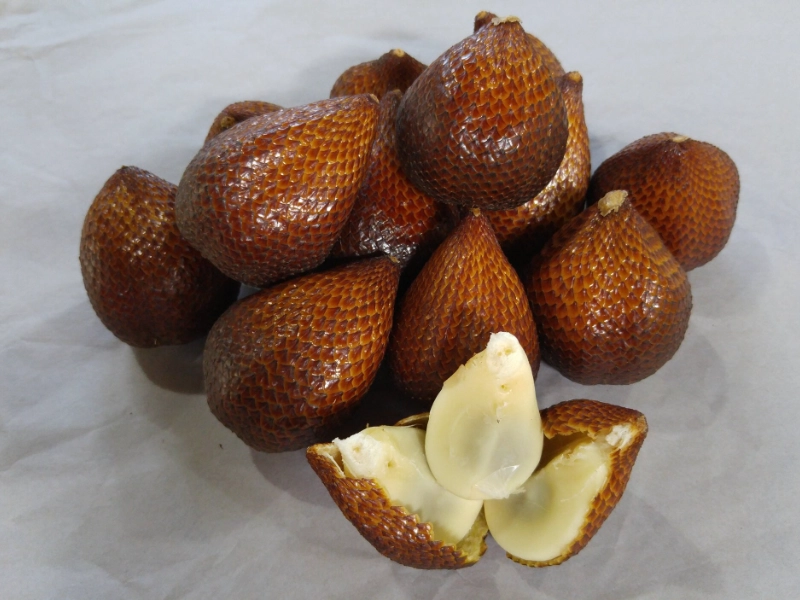15. Conservation and Biodiversity

With consequences for world food security and biodiversity preservation, the preservation of snake fruit genetic variety has grown to be a major emphasis in agricultural conservation initiatives. Many wild variants of snake fruit with useful genetic features for disease resistance and climate adaptability have been found by scientists. Establishing conservation initiatives helps to save these wild populations and preserve seed banks for next breeding campaigns. Studies have indicated that by giving habitat for many kinds of birds, insects, and small mammals, snake fruit farms can be significant ecological corridors supporting local biodiversity. Models for sustainable agriculture that provide ecosystem services while preserving productive capacity have been identified from the conventional agroforestry systems applied in snake fruit growing.Maintaining genetic variety and guaranteeing long-term sustainability of snake fruit output depend on these conservation initiatives. Over thirty different types of snake fruit have been recorded by researchers; each has unique genetic traits that might be of use in next breeding projects. Botanical gardens and research facilities have cooperated internationally to create specialised germplasm collections, therefore safeguarding rare and threatened kinds for next generations. UNESCO has identified the conventional farming techniques linked with snake fruit growing as a significant cultural legacy practice supporting agricultural variety. While maintaining populations of threatened species including numerous rare butterfly and bird species, environmental impact studies have shown that snake fruit farms can lower soil erosion by up to 60% compared to traditional monoculture systems. Working with nearby communities, conservation groups are creating sustainable harvesting methods that preserve wild snake fruit supplies and give indigenous people financial possibilities. Modern conservation methods combined with traditional wisdom have produced a paradigm for sustainable agricultural development that strikes a compromise between environmental preservation and financial output.
